Remember when going to the movies felt like a genuine occasion? Long before streaming services and home theaters, a trip to the cinema was something we planned for, dressed up for, and talked about for weeks afterward. From the grand marquees that lit up downtown to the simple pleasure of sharing popcorn in the dark, moviegoing was an experience that engaged all the senses and created lasting memories. Today’s multiplexes with their digital tickets and self-serve everything might be convenient, but they’ve lost some of the magic that made us fall in love with the movies in the first place. Let’s take a nostalgic journey back to when going to the movies truly felt like an event.
1. The Glorious Theater Marquees
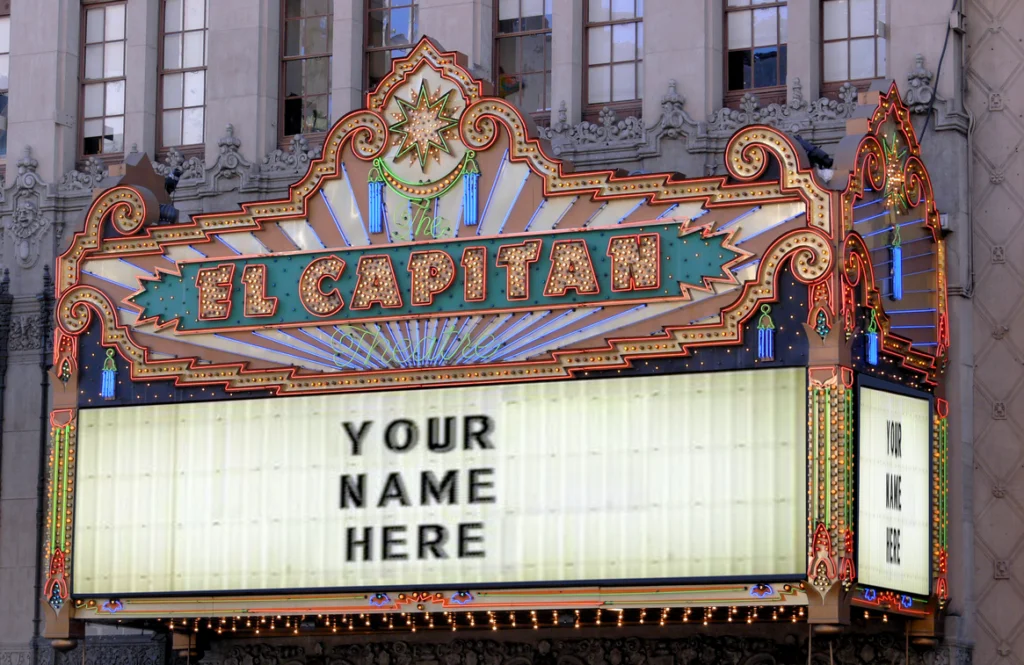
Nothing announced “something special is happening here” quite like those magnificent illuminated marquees with their hundreds of lightbulbs spelling out film titles in bold, sometimes blinking glory. Driving downtown at night, you could spot that warm glow from blocks away, creating a beacon of entertainment that made your heart beat a little faster as you approached. The marquee wasn’t just advertising—it was the promise of adventure, romance, or thrills waiting inside those doors. Legacy Sign Gorup shines a light on the interesting history behind this iconic fixture.
Today’s sleek digital displays and mall-integrated theaters lack that same visual punch—there’s no ceremony in reading a movie title on the same kind of screen that displays your gate number at the airport. Those classic marquees with their carefully arranged letters (sometimes with charming misspellings) required actual human effort to change, making each new film’s arrival a physical transformation of the theater’s face. Some old-timers still remember specific marquees from significant moments in their lives—first dates, special birthdays, or the summer blockbuster that changed everything—physical landmarks of memory that no digital display could ever replicate.
2. The Ticket Booth Experience
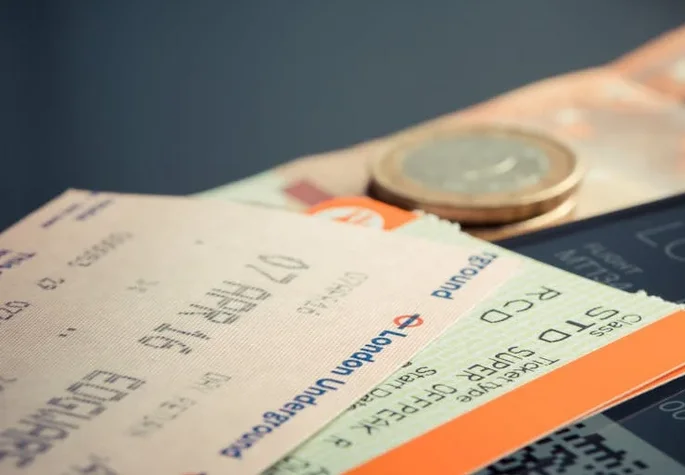
Purchasing tickets meant a face-to-face interaction with an actual person sitting in a glass booth, who would slide those colorful cardboard tickets and your change through a small opening with a distinct “clink.” The ticket sellers often knew the regulars by name, sometimes holding back preferred seats or offering recommendations based on your past viewing preferences. Those human connections made moviegoing feel like you were part of a community rather than just another consumer. Talonarium explores the history of ticketing and how much it has evolved.
Today we tap screens or scan QR codes, missing out on those momentary connections that once made us feel recognized and welcomed. The physical ticket itself was a souvenir—torn in half by the usher, but the stub often ended up pressed in scrapbooks or stuck on bulletin boards, tangible proof of that magical night when you saw “The Godfather” on opening weekend. Digital tickets might be convenient, but they’ll never be discovered decades later in an old jacket pocket, bringing back a flood of memories from a special evening long ago.
3. Those Magnificent Architectural Palaces
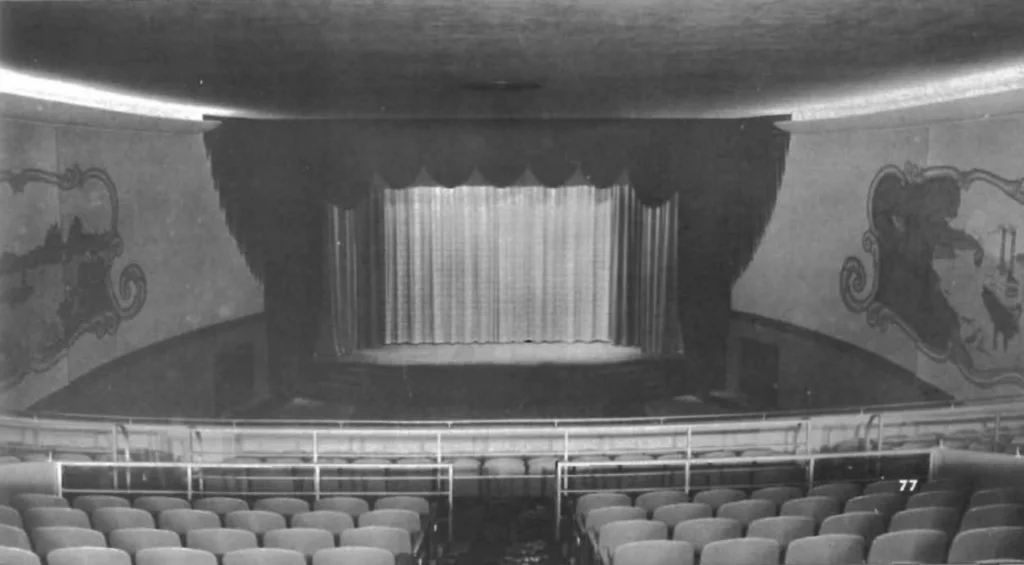
Theaters weren’t just places to see movies—they were architectural destinations with sweeping staircases, crystal chandeliers, ornate moldings, and ceiling murals depicting clouds and stars. The grandest movie palaces like the Fox Theater in Detroit or Grauman’s Chinese Theatre in Hollywood made you feel like royalty just walking through their doors, with their plush carpets absorbing the sound of excited whispers. Even smaller hometown theaters had character—perhaps a distinctive facade, a beautiful curtain that pulled back dramatically to reveal the screen, or art deco flourishes in the lobby. A Shroud of Thoughts pinpoints just when big architectural changes too place in their evolution.
Modern multiplexes, with their industrial carpeting and fluorescent-lit corridors that could just as easily lead to bowling lanes as movie screens, can’t compare to the magical atmosphere of those theatrical palaces. The very architecture of classic theaters communicated that you were somewhere special, somewhere separate from everyday life, where reality would be suspended for two magical hours. Walking into those spaces prepared your mind and heart for the emotional journey about to unfold on screen, an aspect of psychological preparation today’s utilitarian theater designs completely ignore.
4. Uniformed Ushers Who Actually Ushered
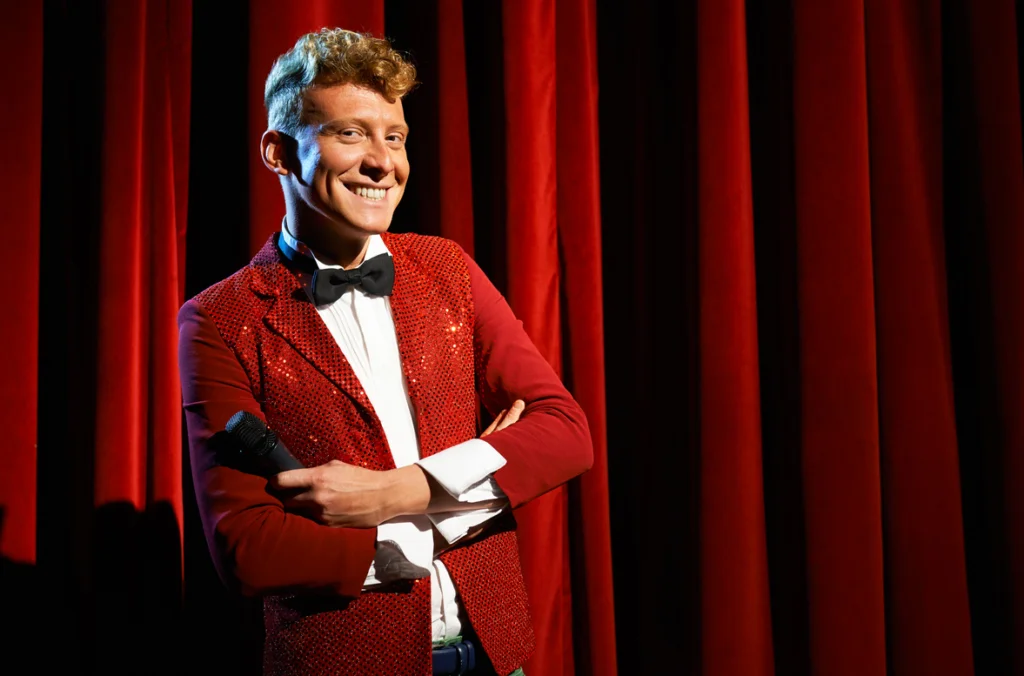
Smartly dressed ushers with flashlights didn’t just tear your ticket—they genuinely escorted you to your seat, their flashlight beam creating a path through the darkness like a personal guide to your evening’s adventure. These young men and women in their crisp uniforms represented authority, service, and the promise that your experience would be properly managed. They knew which seats offered the best views, which had been recently repaired, and where the “lovebird” section was for couples desiring privacy.
Today’s “find your own way” approach saves on payroll but eliminates that ceremonial transition from the everyday world into the movie experience. Those ushers weren’t just showing you to your seat—they were inducting you into a temporary community of strangers about to share an emotional journey together. They also maintained order, discreetly addressing any disruptions with a gentle tap on the shoulder and a whispered reminder about theater etiquette. Their presence reinforced that movie-watching was a communal activity with shared expectations of behavior—a social contract now left largely unenforced in contemporary theaters.
5. The Curtain Reveal
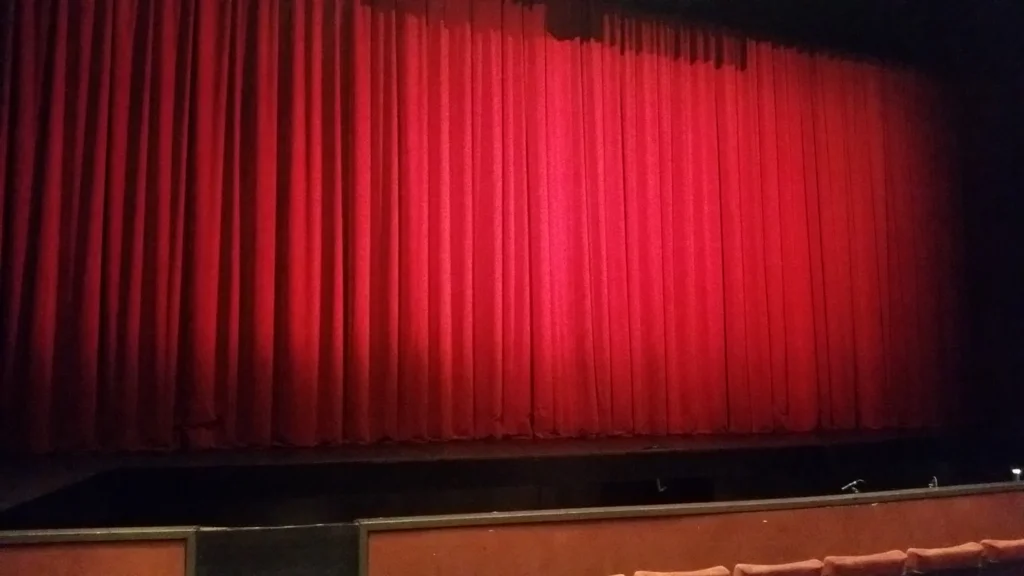
The physical curtains that slowly parted as the lights dimmed created a theatrical reveal that built anticipation in a way that today’s direct-to-previews approach never could. That majestic sweep of fabric—often in rich velvet red or royal blue—signaled the official beginning of the movie experience, causing conversations to hush and excitement to build. The mechanics of those curtains were fascinating to watch—sometimes rising vertically, other times parting horizontally, occasionally with dramatic lighting effects that made them glow from within.
Modern theaters with their bare screens permanently exposed seem almost indecently casual by comparison. The curtain wasn’t just decorative—it was functional stagecraft that momentarily concealed the dimensions of the screen, making its revelation all the more impressive. That brief moment between the curtain’s first movement and the screen’s full exposure was pure anticipation, a theatrical tradition borrowed from Broadway that acknowledged film as an art form deserving of ceremonial presentation rather than just content to be consumed.
6. Distinctive Concession Stands
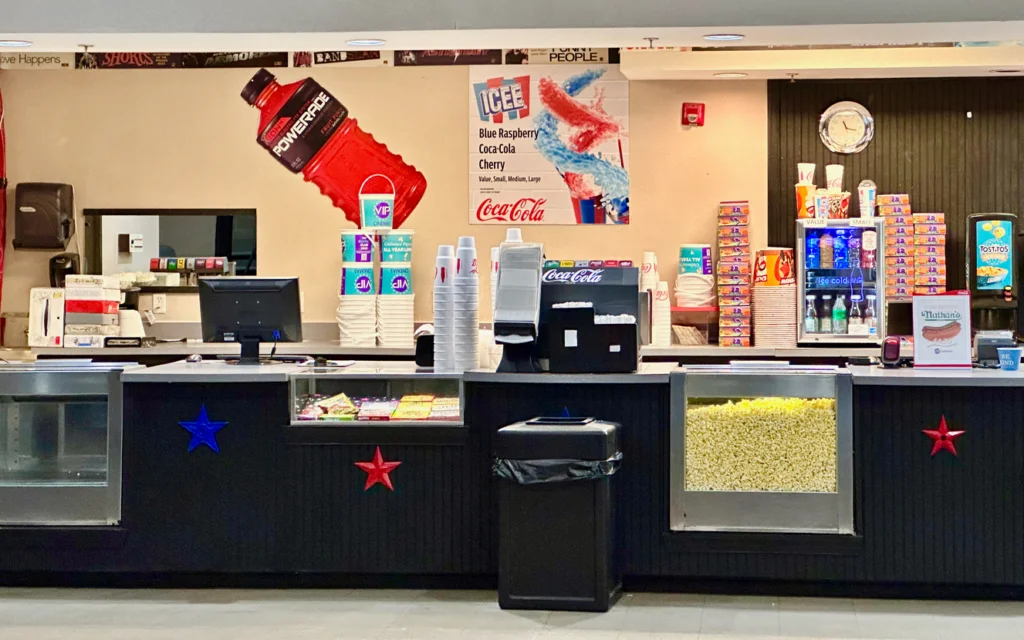
Concession counters featured glass display cases with actual popcorn machines where you could watch your snack being made, creating an irresistible aroma that permeated the entire lobby. The limited but well-executed menu focused on doing a few items perfectly—popcorn with real melted butter drizzled from a metal pitcher, boxed candy that was exclusive to theaters, and fountain drinks mixed by hand. The uniformed concession workers had mastered the art of box-filling, creating that perfect popcorn-to-container ratio that somehow always lasted exactly as long as the movie.
Today’s automated, fast-food-style concession areas with their expanded menus and self-serve butter stations prioritize efficiency over experience. The candy selection once felt special—those distinctive boxes of Milk Duds, Raisinets, and Junior Mints that seemed to exist only in movie theaters, creating flavor associations that forever linked certain treats with the cinema experience. The prices were reasonable enough that buying refreshments felt like an enhancement to the experience rather than a financial burden, and sharing a large popcorn was both economical and socially binding—creating a communal experience that somehow made the movie taste better.
7. Newsreels and Cartoons
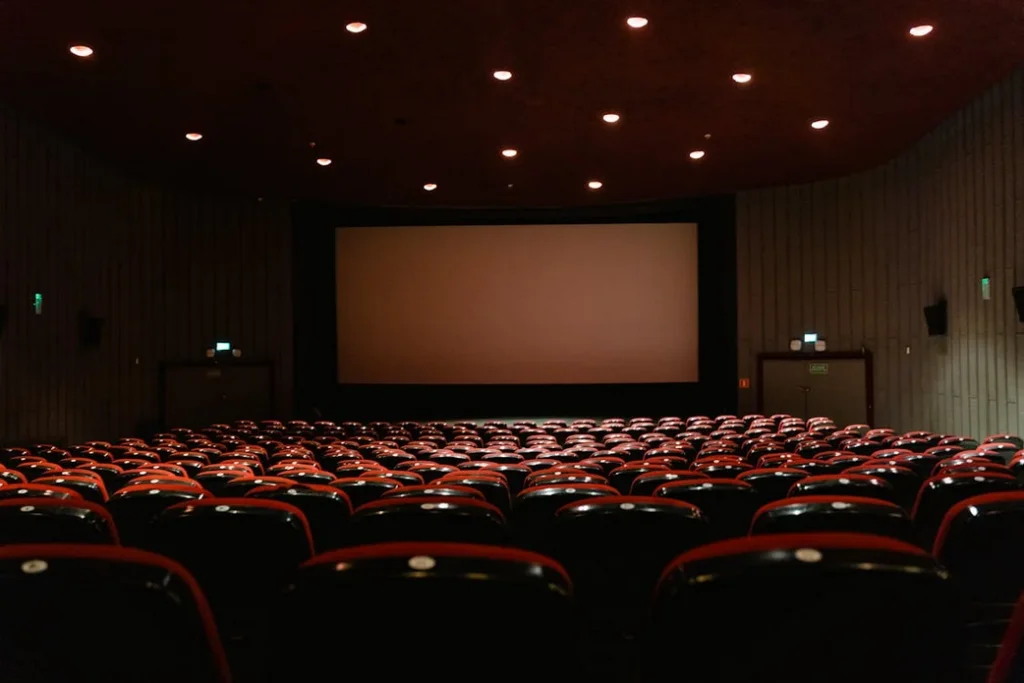
Before the feature presentation, newsreels brought world events to audiences in an era before television news became ubiquitous, making movie theaters not just entertainment venues but important sources of information. These glimpses of current events, sports highlights, and cultural phenomena made us feel connected to the wider world, especially in smaller communities where the newspaper might be the only other window beyond local boundaries. The shift from newsreel to cartoon created a perfect emotional palette-cleanser, transitioning audiences from real-world concerns to entertainment mode.
Today’s endless barrage of commercials and trailers lacks the educational value and variety that once made pre-show content special. Those classic Warner Bros. and MGM cartoons weren’t just for children—they contained sophisticated humor that operated on multiple levels, keeping adults just as entertained as their kids. The shared laughter at Bugs Bunny’s antics or Tom and Jerry’s chase sequences warmed up the audience, creating a collective mood that enhanced the main feature. This carefully curated emotional journey from real world (newsreel) to pure fantasy (cartoon) to feature film recognized that audiences needed transitional experiences to fully immerse in the movie magic.
8. Intermissions for Longer Films
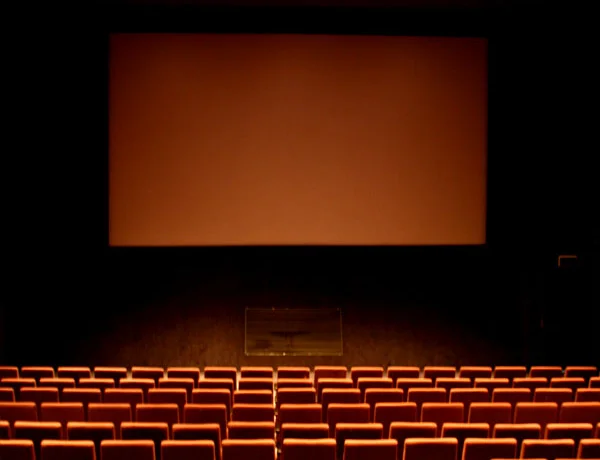
Epic films paused mid-story for intermissions, allowing viewers to stretch their legs, discuss plot developments with friends, and refill refreshments without missing a moment of the action. These built-in breaks weren’t seen as interruptions but as part of the experience—a chance to digest what we’d seen and build anticipation for the conclusion. The intermission music and countdown clock created a gentle pressure to return to your seat on time, making even the break feel like part of the choreographed experience.
Modern movies, regardless of length, play straight through, causing audience members to miss crucial scenes during inevitable bathroom breaks. Those intermission periods also served as social mixing opportunities where strangers who had just shared emotional reactions might exchange brief comments or knowing glances about what they’d witnessed together. For date-night moviegoers, intermission offered a chance to gauge your companion’s reaction and adjust your own commentary accordingly—valuable intelligence that could make or break romantic prospects. The return from intermission often featured a brief musical overture or recap footage, effectively re-immersing viewers in the story world they’d temporarily left.
9. Double Features and Midnight Movies
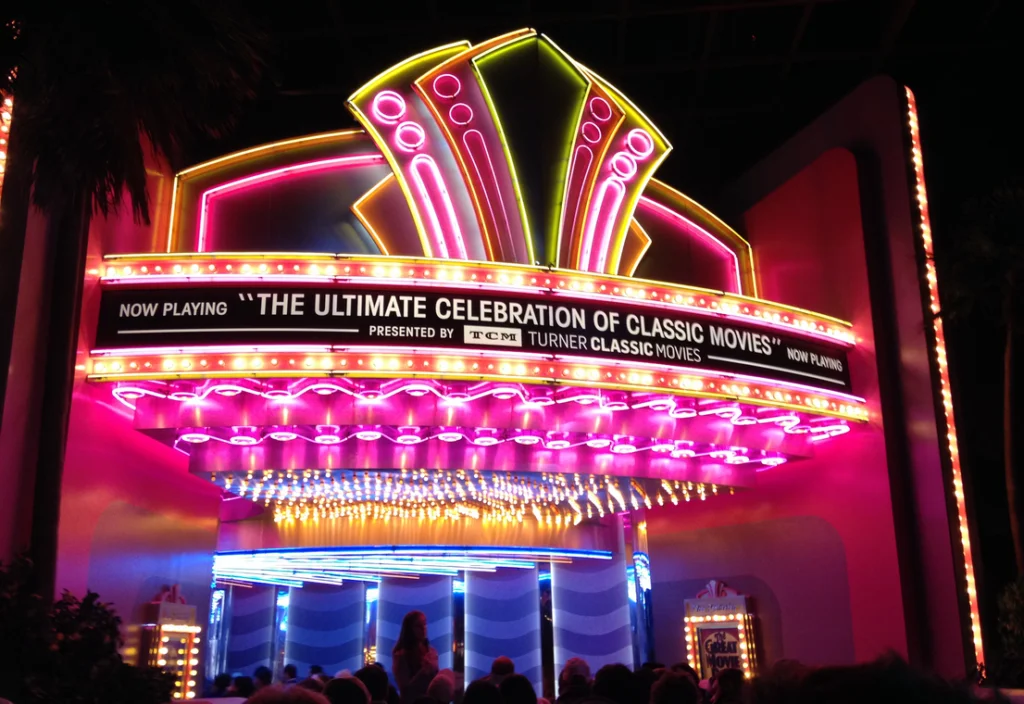
Your ticket often bought you not just one film but two, carefully paired to complement each other and provide extraordinary entertainment value. These double features recognized that moviegoing was often an all-afternoon or all-evening commitment rather than just a quick two-hour diversion. The skill with which theater managers paired films—perhaps two Westerns with different tones, or a comedy followed by a romance—showed genuine curatorial thought rather than just scheduling efficiency.
The special-event nature of midnight movies created unforgettable shared experiences and cultural touchpoints that today’s anytime-streaming can’t replicate. Films like “Rocky Horror Picture Show” became interactive rituals where devoted fans brought props, memorized callbacks, and performed alongside the movie. Less famously, many theaters had special midnight horror marathons on holidays, sci-fi weekends with four back-to-back space adventures, or summer festival programs that might showcase all the James Bond films in chronological order. These events transformed moviegoing from casual entertainment to enthusiast culture, creating communities united by shared passion for specific genres or directors.
10. Those Luxurious Seats
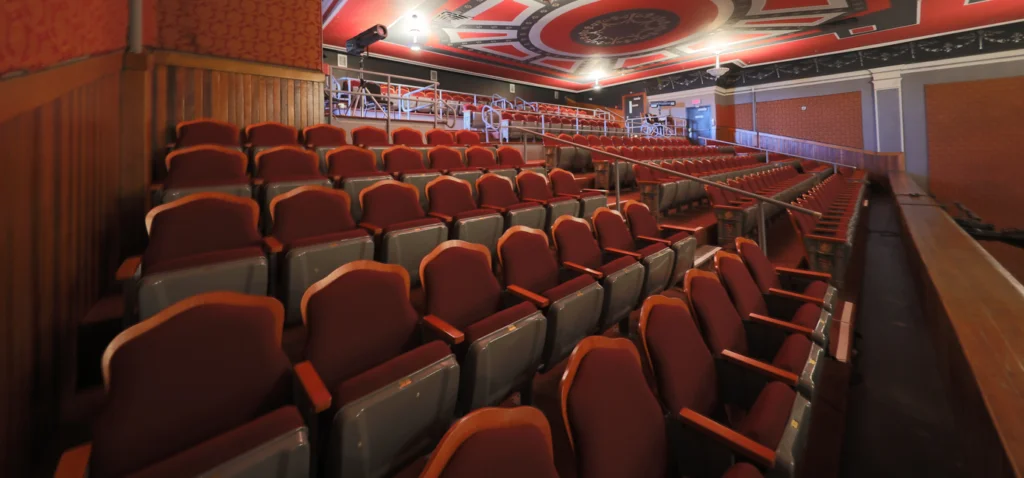
Theater seating was designed for comfort and style, with plush velvet upholstery, substantial armrests, and often elegant wooden or metallic details that made you feel like you were sitting in a fine furniture showroom rather than an entertainment venue. The gentle rocking motion of those spring-loaded seats created a subtle physical connection to emotional moments in the film—leaning forward during suspenseful scenes, settling back during exposition. The seats themselves seemed built to last generations, solid and substantial in ways that communicated permanence and tradition.
Today’s cup-holder equipped recliners might be more physically comfortable, but they lack the character and communal feeling of those classic theater seats. The spacing and arrangement of traditional theater seating created a collective experience—you were aware of your neighbors’ reactions through subtle movements, gasps, or laughter that enhanced your own emotional response to the film. Something as simple as feeling the row slightly vibrate during a tense scene as everyone leaned forward simultaneously created unspoken bonds between strangers sharing a powerful experience. Even the distinctive sound of those seats—the gentle thump as they folded up when someone passed by—became part of the sensory memory of moviegoing.
11. Coming Attractions With That Voice
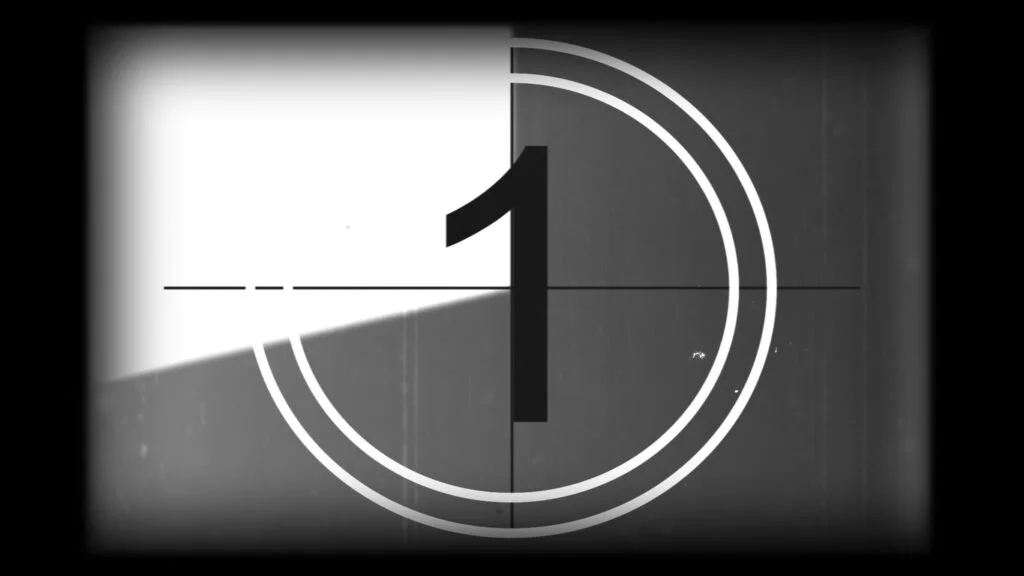
Movie trailers weren’t just advertisements but miniature works of art, carefully crafted to tease without revealing too much, often narrated by distinctive voices like Don LaFontaine with his famous “In a world…” introductions. Those previews built genuine anticipation for coming attractions, sometimes creating months-long excitement for blockbusters that would now be forgotten in a week’s social media cycle. The limited number of trailers—usually just three to five—meant each received your full attention rather than becoming a blur of content overload.
The collective discovery aspect of trailers has been lost in an era where previews drop online before reaching theaters. Hearing an entire audience gasp at a surprise casting revelation or unexpected sequel announcement created communal moments of genuine surprise. Theater managers understood the psychological power of trailers, strategically placing them to build an emotional arc—perhaps starting with a comedy preview to get the audience laughing, followed by something dramatic, and ending with an action-packed crowd-pleaser that sent energy levels soaring just before the main feature. This careful curation recognized that moviegoing was an emotional journey from the moment the lights first dimmed.
12. The Shared Collective Experience
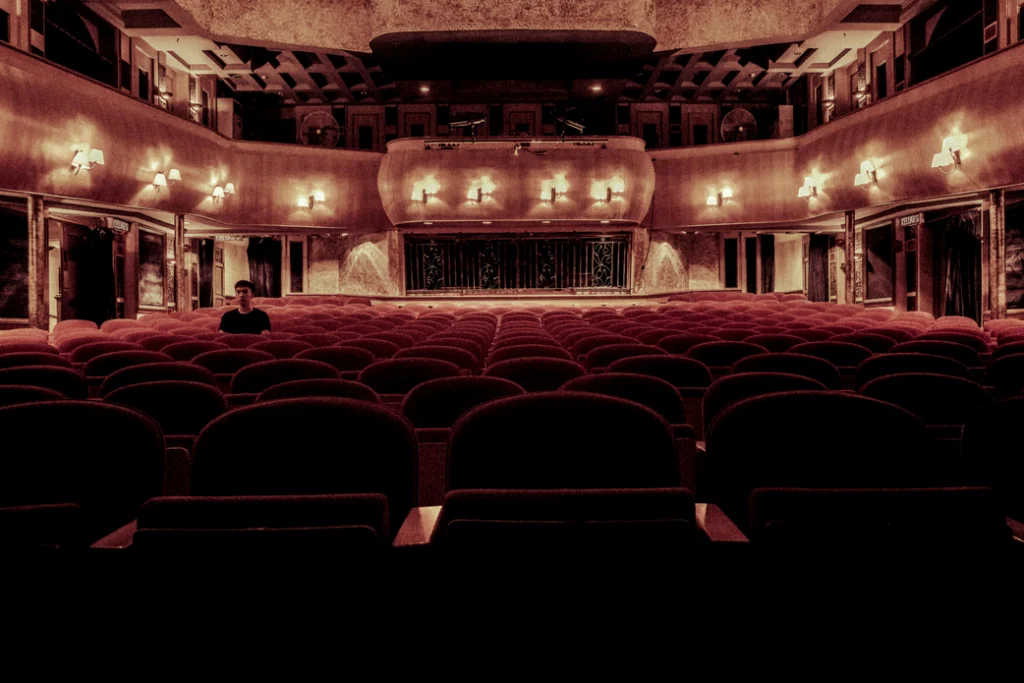
Perhaps most importantly, going to the movies meant experiencing stories alongside dozens or hundreds of other people, creating emotional synchronicity that amplified every laugh, tear, or gasp. Hearing a theater full of strangers simultaneously hold their breath during a suspenseful scene or burst into applause after a triumphant moment validated your own emotional response and created a temporary community united by storytelling. Those shared reactions became part of your memory of the film, sometimes more vivid than the movie itself.
Today’s fragmented viewing habits mean we rarely experience these moments of mass emotional connection. When “Star Wars” first revealed Darth Vader’s true identity, theaters erupted in collective shock—thousands of simultaneous gasps creating a moment that bonded perfect strangers through shared emotion. The after-movie discussions in lobbies and parking lots extended the experience, as viewers compared interpretations and reactions while the story was still fresh in everyone’s mind. These spontaneous film clubs formed and dissolved in hours but created connections through shared cultural touchpoints that could last decades. “Were you at the midnight showing when…?” became conversation starters that could instantly identify kindred spirits who had occupied the same emotional space during a formative movie moment.
What we miss most about these vanishing details isn’t just nostalgia for the past—it’s recognition that moviegoing was once designed as a complete experience rather than just content delivery. From the moment you spotted that glowing marquee until the final credits rolled, every aspect of theater design and operation acknowledged that you were participating in something special, something worthy of ceremony and attention. While today’s theater experiences offer technical improvements in sound and projection, they’ve streamlined away many of the human touches that once made moviegoing magical. Perhaps that’s why so many of us still smile at the memory of ticket stubs, curtain reveals, and ushers with flashlights—they weren’t just quaint details, but essential ingredients in the recipe for wonder that drew us into theaters in the first place.


